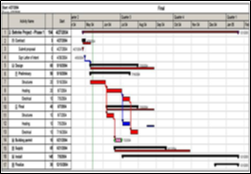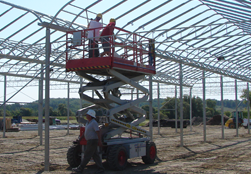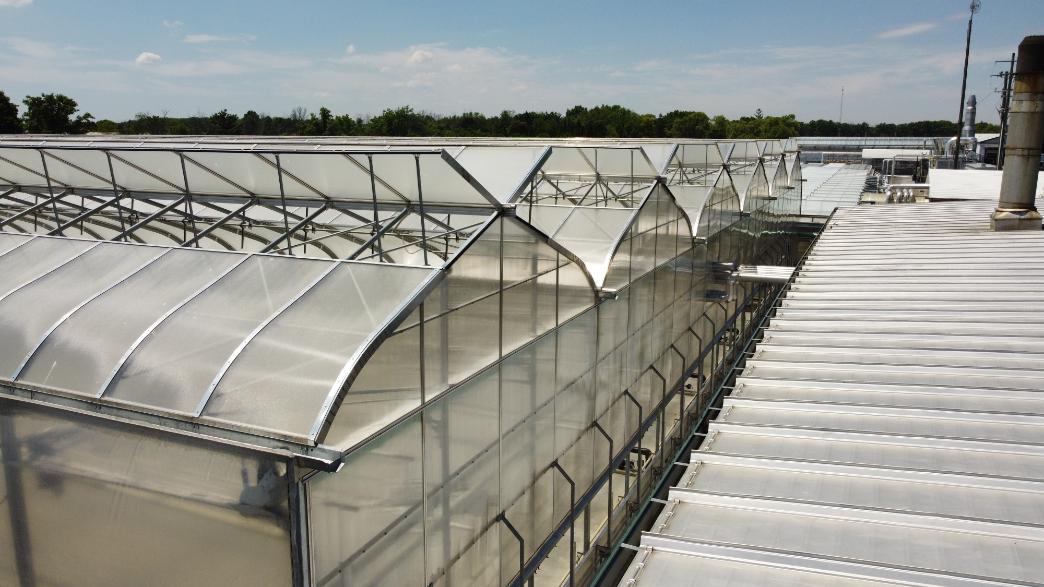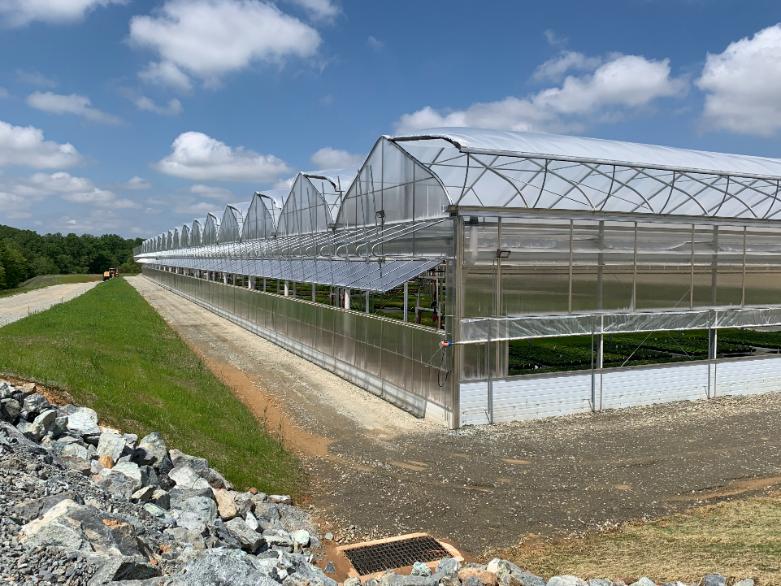Construction Management
Do it Yourself, or Hire ?
So, you have decided to build a new greenhouse range. Presumably, you have arrived at this decision based on market demands, corporate growth projections, assessed production needs, and financial capabilities.
The acquisition of a constructed facility usually represents a significant capital investment. It also usually represents a significant time investment of management. For this reason the construction process should be kept in mind at the early stages of planning and programming.
Construction management should be considered prior to purchasing decisions. However, many companies confuse construction management with turnkey projects, and this does not necessarily have to be one and the same. Some stages of a new construction project can be best handled in-house, while other stages could benefit from external expertise.
Step one is to analyze the key competencies of the people in your organization. It is important in any business endeavor to take an honest look at what skill sets you have or do not have in-house.
How much of your valuable time should be dedicated to managing a new construction project? Do you have a manager with construction experience? Does this manager have extra time to dedicate the project, or will some of his / her regular duties need to be delegated to someone else during this time period? Is this the best value of their time? Every business owner needs to know where their company makes its profit. Too often businesses will spend valuable management time trying to save a few thousand dollars, instead of spending that time doing what they do best, which realizes greater profits.
New Construction Decisions
When looking at what makes the most sense to do in-house versus hiring an outside company, it is helpful to break the new construction project into stages.
1. Technical requirements
This requires knowledge of the desired operating results, capabilities of existing operations people, and financial capabilities to support each option. It also requires time to research the numerous options that are available.
2. Purchasing Management
This involves not only the initial purchasing decisions, but also defining specifications, coordinating payments and deliveries, and making sure there are no conflicts with the various supplier components.
3. Construction Planning
This requires scheduling knowledge. The use of Gantt Charts, and other scheduling tools to identify critical paths, and staged timing for each component. Milestones, and deadline dates need to be established. A knowledge of what needs to be done at various stages if the project encounters time delays to get the whole project back on track, is essential.
4. Construction Fulfillment
This requires time. To properly manage an ongoing project someone needs to be monitoring progress, handling conflicts, expediting deliveries, and adjusting the original schedule to deal with unexpected situations. On a large project this person needs to have detailed knowledge of how all the components fit together in order to make the completed facility.
5. Final Inspection Services
This requires working with suppliers to provide maintenance manuals, as built drawings, and an on site review of the facility to make sure everything is correct.
If you decide that hiring external expertise for one or more stages of your project is beneficial, do your homework. Just because a company offers a supply and install option does not mean they have the knowledge or experience to coordinate an entire project on time.
|
GGS plans jobs from start to finish |
Gantt Charts show how your project will flow |
GGS quality construction crews work for you |











